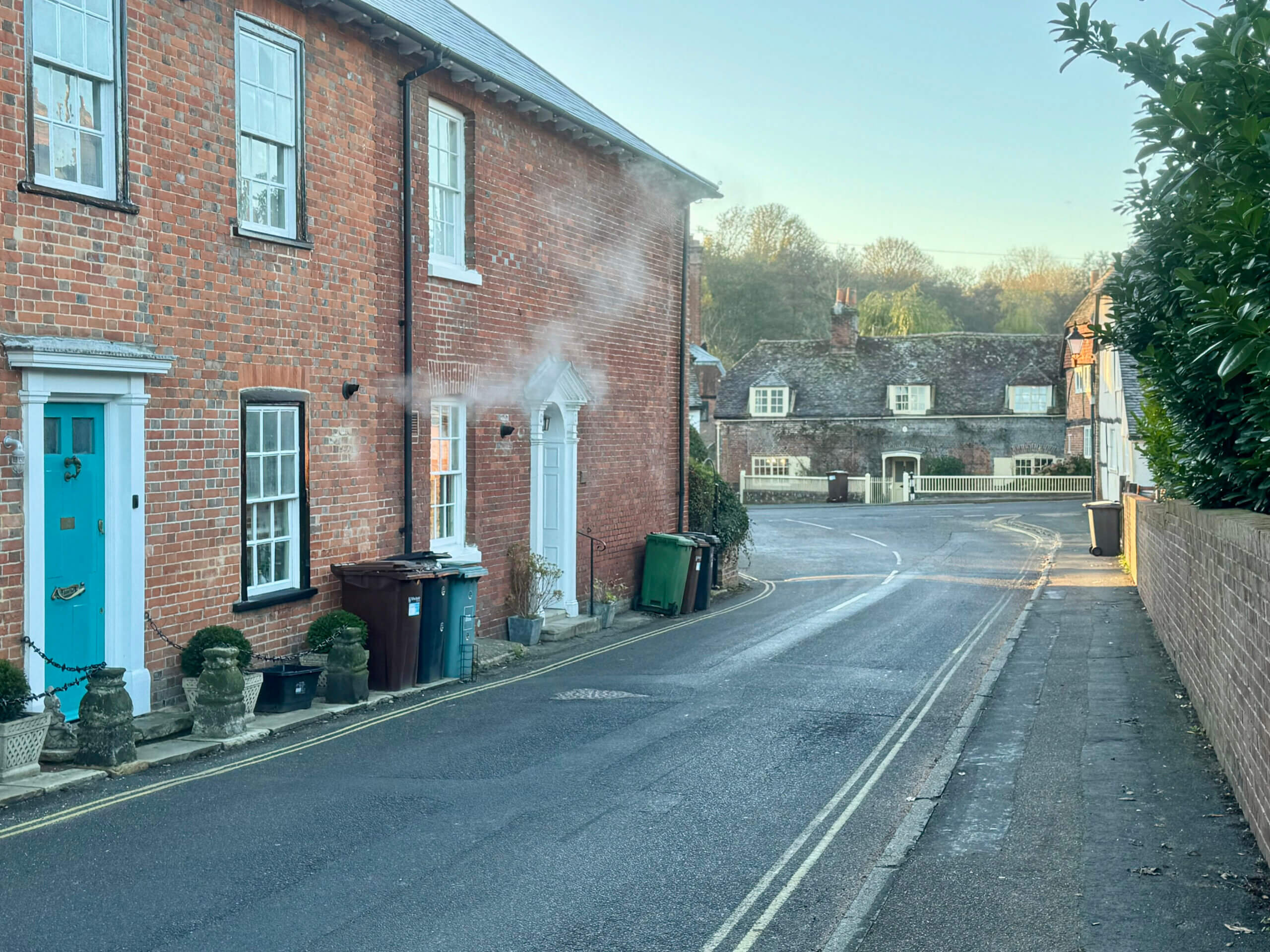Building a Strategic Foundation for the Construction Industry, Architectural Practices, and Civil Engineering Firms
How Built Environment Firms Can Achieve Sustainable Growth
Want to grow your construction company, architecture practice, or civil engineering firm sustainably? The key isn’t more marketing — it’s a strategic foundation that aligns your goals with a clear, long-term brand and business development plan.
Learn how to strengthen construction company business development, differentiate your civil engineering firm, expand your architectural practice by attracting the right clients with proven strategies tailored to the built environment sector.
In today’s fast-changing market, built environment firms — whether in architecture, construction, or civil engineering — face more pressure than ever to stand out and grow sustainably.
But the answer isn’t just to “do more marketing.” It’s about building a strategic foundation that aligns your business goals with a smart, long-term approach to brand, marketing, and business development.
So, what is the best built environment marketing strategy for business growth? In short: one that’s built on purpose, clarity, and consistency.
Start With A Business Development Strategy, Not Just Tactics
The temptation is often to jump straight into activity — redesigning the website, launching campaigns, running LinkedIn ads to maximise business expansion. But without a solid strategy behind it, you risk wasting time and money. Strategic business development for construction companies starts with asking the big questions:
- Who are we trying to reach?
- What value do we offer that others don’t?
- How do we communicate with our ICPs (Ideal Customer Profiles)?
- What do we want to be known for in five years?
In the construction industry, short-term wins rarely translate into long-term success unless backed by clear development strategies. Firms that take the time to define their goals, services, and market reach from the outset are better equipped to adapt to shifting market trends and project demands.
” Strategy is the bedrock of business. I have sat on boards as the marketing specialist to write and build long term strategies for both growth and acquisitions. One company was sold for 15 times earnings and another 18.5 earnings. To global companies. The strategies involved every part of the business, and we all recognised the value of the brand. Its perception and how to position it over several years to yield results wanted”.
Lisa Lavis, Glow’s CEO and Founder.
Know Your Four Cornerstones
In built environment marketing, the most effective strategies fall into four key areas — which, helpfully, also answer another commonly searched question: What are the 4 main marketing strategies?
- Market Penetration – Growing within your existing sector or region.
- Market Development – Expanding into new geographies or client segments.
- Product/Service Development – Innovating your offering to meet emerging needs.
- Diversification – Launching into entirely new areas to reduce dependency.
When applied effectively, these strategies can help firms diversify services, expand market reach, and form new strategic partnerships that open up previously untapped revenue streams. Understanding where you are and where you want to go helps you choose which combination of these strategies supports your goals best.
Show What Makes You Different
Whether you’re in architecture PR, dealing with business development for construction companies or civil engineering marketing, differentiation is key. Clients want to work with experts — and they want to understand your approach, culture, and personality.
Relationship management plays a central role in sustained growth. A clearly defined brand and marketing message not only helps secure new business but also strengthens trust with existing clients — laying the groundwork for repeat work, referrals, and long-term strategic partnerships.
“Marketing isn’t just about looking the part; it’s what helps you attract the right kind of clients, the ones who really get what you’re about and who want to keep investing in the brand. It keeps existing clients coming back, and it makes a big difference when it comes to attracting and keeping a great workforce. Sure, it takes a bit of investment to get it right, but in the long run it pays off — through more work, better client relationships, and a stronger team. These days, marketing isn’t a nice-to-have, it’s essential if you want to keep growing and avoid getting left behind. It’s a budget that often gets cut but it will have a detrimental effect long-term.”
Lisa Barnett, Head of Creative
A Few Stats Worth Knowing
- According to the Construction Products Association, the UK construction sector contributes over £110 billion annually to the economy.
- Yet, fewer than 35% of construction firms have a formal business development strategy in place.
- 80% of B2B buyers say a strong brand plays a significant role in their purchasing decisions.
In other words — the opportunity is there, but only if you’re proactive. Staying ahead of market trends is key. Firms that actively monitor changes in regulations, sustainability expectations, and client behaviours are better positioned to pivot, innovate, and lead. Strategy isn’t static — it evolves with the industry.
Final Thoughts
Building a strategic foundation isn’t just about growing — it’s about growing in the right direction. Whether you’re focused on your construction company’s business development, strengthening civil engineering firm or scaling your architectural practice, those who succeed are those who align their vision with a clear, creative and consistent strategy.
With the right strategies in place, even core functions like project management and service delivery can become powerful brand differentiators.
Ready to turn strategy into sustainable growth? Book a call today. Reach out to us through our Contact Form. Or review our sector page on how you can attract the Right Clients with our Built Environment Marketing.
Author: Lisa Barnett
Lisa B, our very own Head of Creative, leads our studio and produces strong, vibrant communications to tell a story and get results. Lisa loves to turn the mundane into something beautifully creative and her love of procedures and order is a great asset to the studio and ensures projects are managed with precision and clarity.



